
Design Sequence Diagram & Implement - Sequence Diagram & Java API Code
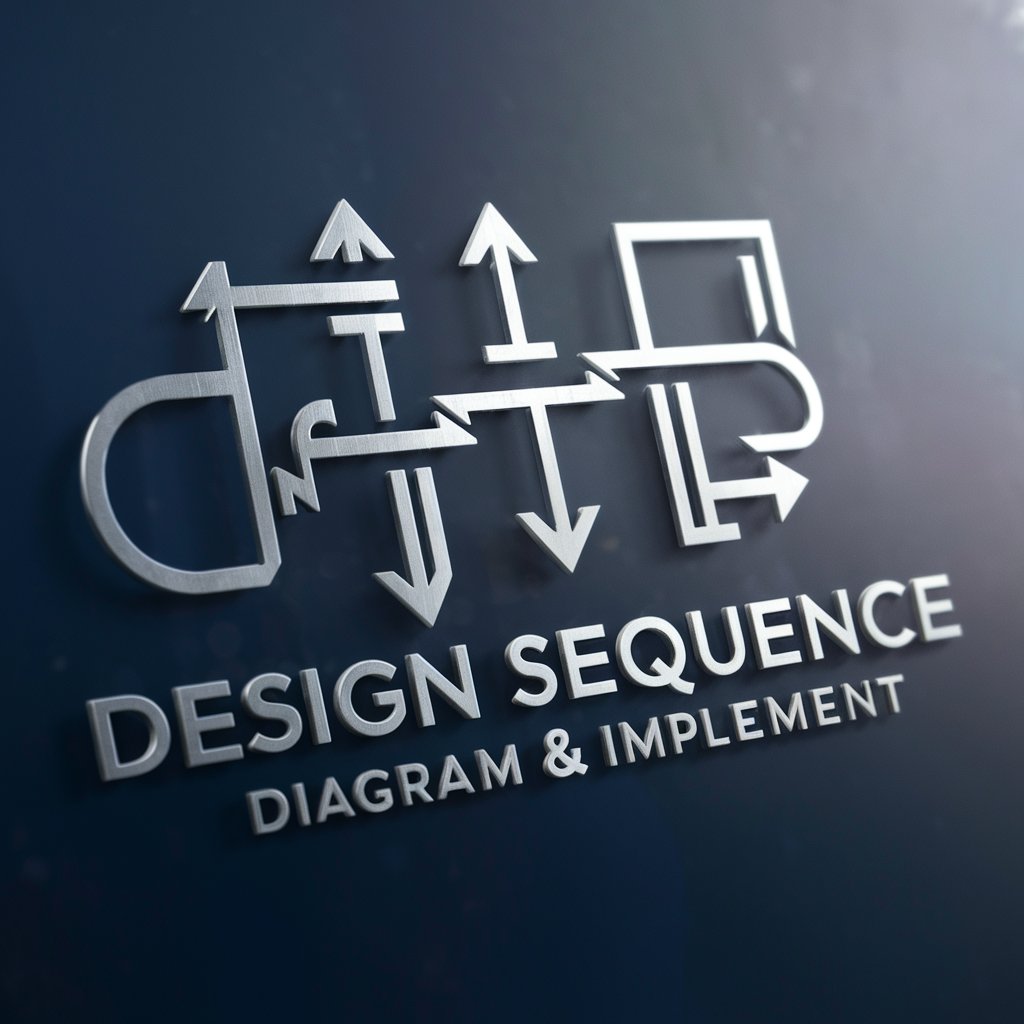
Welcome! Let's create your software sequence diagrams and implementation.
Automate design to code with AI
Help me create a sequence diagram for a mobile banking application.
Generate a sequence diagram for a social media platform.
Create a sequence diagram for a hotel booking system.
Design a sequence diagram for a ride-sharing app.
Get Embed Code
Overview of Design Sequence Diagram & Implement
Design Sequence Diagram & Implement is a specialized tool designed to assist developers and system architects in creating sequence diagrams for software systems, and subsequently generating Java code for Spring Boot-based RESTful APIs. Sequence diagrams are UML (Unified Modeling Language) diagrams that show how objects interact in a given scenario. This tool streamlines the process from designing the interaction between system components to implementing the underlying functionality. For example, when creating a sequence diagram for an online shopping app, it visualizes the process flow from user actions, such as adding items to the cart, to backend processes like inventory checking and payment processing. Following the diagram generation, users can request Java code for specific components, such as APIs for managing the shopping cart, using MongoDB as the backend database. This end-to-end approach facilitates the rapid development of software systems with clear documentation and implementation paths. Powered by ChatGPT-4o。

Core Functions of Design Sequence Diagram & Implement
Generating Sequence Diagrams
Example
For an online shopping application, a sequence diagram can detail interactions from selecting products to completing a purchase. This includes user interactions, backend services, and payment processing.
Scenario
Developers or architects enter specifications of a software system, and the tool generates commands for creating sequence diagrams on platforms like sequencediagram.org. This visual representation aids in understanding and documenting the system flow.
Java Code Generation for Spring Boot APIs
Example
Given a component of the system, such as a service for managing user accounts, this function generates Java code for CRUD (Create, Read, Update, Delete) operations using Spring Boot, with MongoDB as the data store.
Scenario
After visualizing system interactions with a sequence diagram, a developer specifies a component for implementation. The tool then provides Java code for building RESTful APIs, streamlining backend development.
Target User Groups for Design Sequence Diagram & Implement
Software Developers and Engineers
This group benefits from the tool by accelerating the design and implementation phases of software development. It helps in visualizing system interactions and automatically generates boilerplate code for backend services, thus enhancing productivity and reducing manual coding efforts.
System Architects and Designers
Architects and designers can use this tool to clearly communicate system designs through sequence diagrams, ensuring that all stakeholders have a unified understanding of the system's operation. This facilitates more efficient team collaboration and helps in identifying potential issues early in the design process.

How to Use Design Sequence Diagram & Implement
1
Start by visiting yeschat.ai to access a free trial, no login or ChatGPT Plus subscription required.
2
Specify the software system you wish to model, such as an online shopping app or a payment processing system.
3
Receive a sequence diagram command generated for use on https://sequencediagram.org/, tailored to your specific system.
4
Copy and paste the provided command into the https://sequencediagram.org/ interface to visualize your sequence diagram.
5
Select a component from the generated diagram for which you need implementation code, and receive Java code for a Springboot RESTful API using MongoDB.
Try other advanced and practical GPTs
Hospitality AI Implementation Coach
Empower Your Hotel with AI
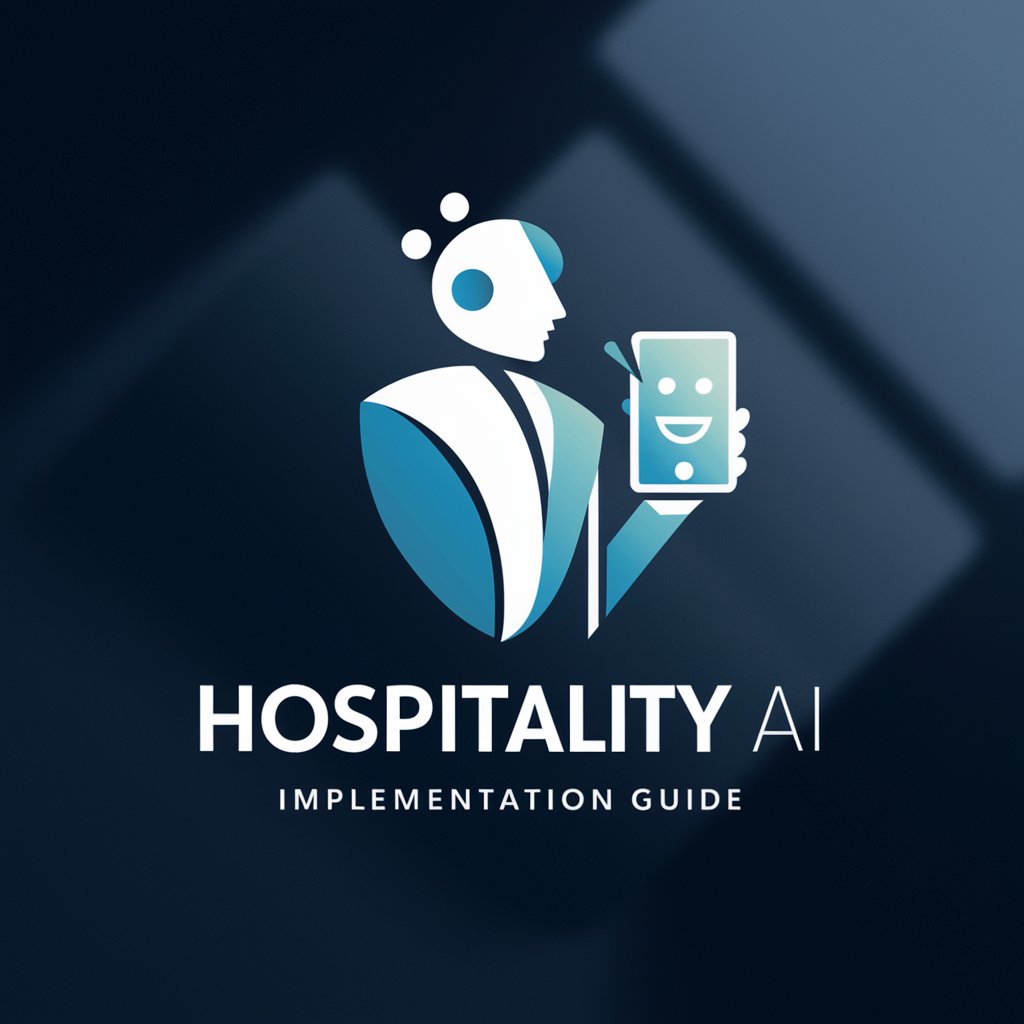
Offentlige anskaffelser i Norge
Streamlining Norway's public procurement with AI

Evolutionary AI Code Implementer
Elevate your code with AI-powered evolutionary algorithm assistance.
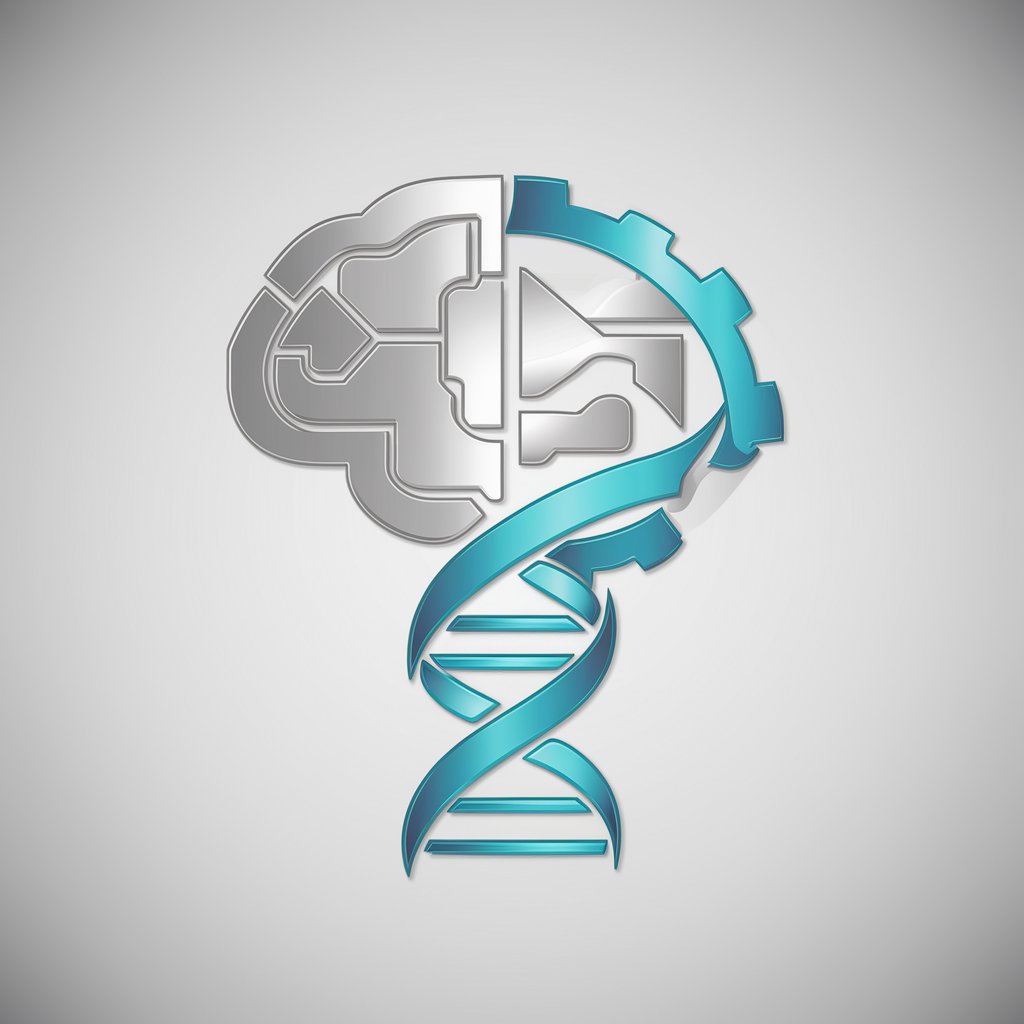
Miljøkrav i offentlige anskaffelser
Empowering sustainable public procurement with AI

AI Implementation Advisor
Empowering AI implementation with expert advice
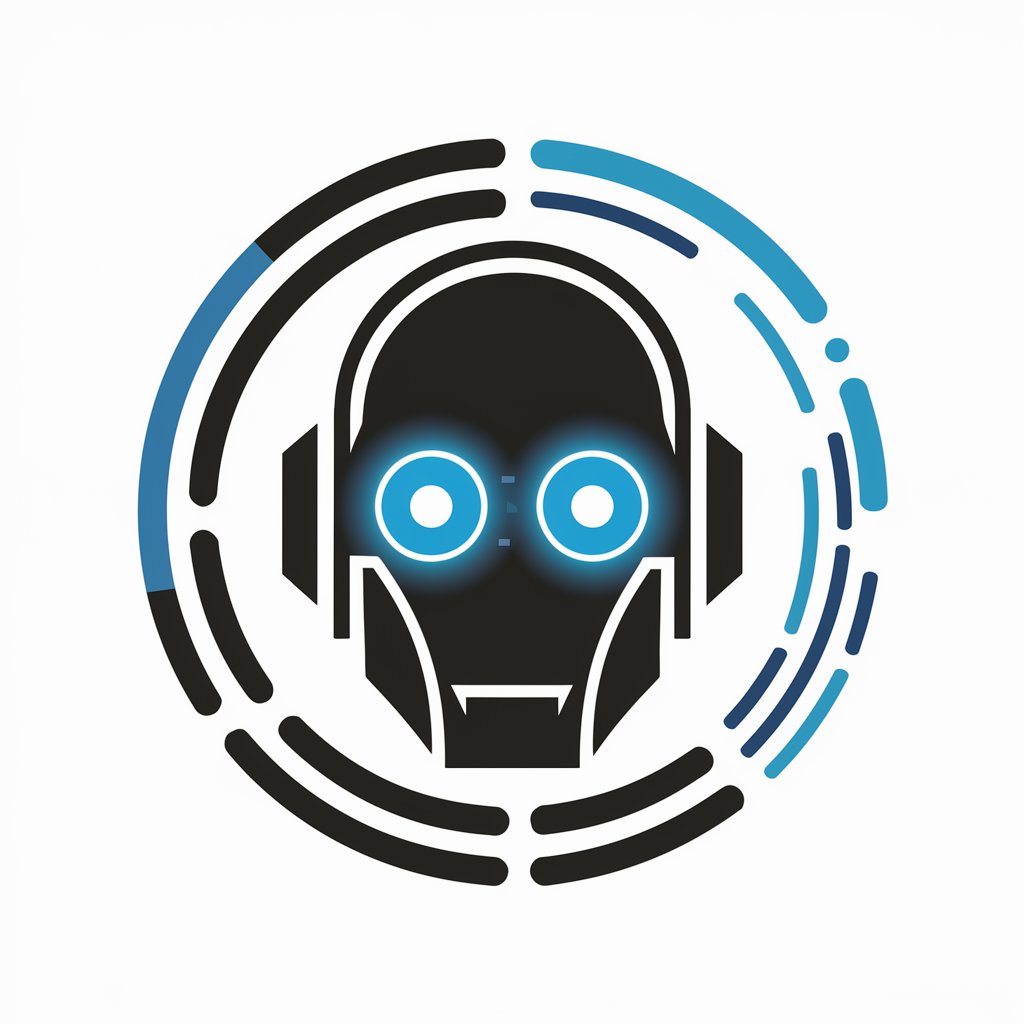
AI Research Implementer
Unlocking Computer Vision Innovations
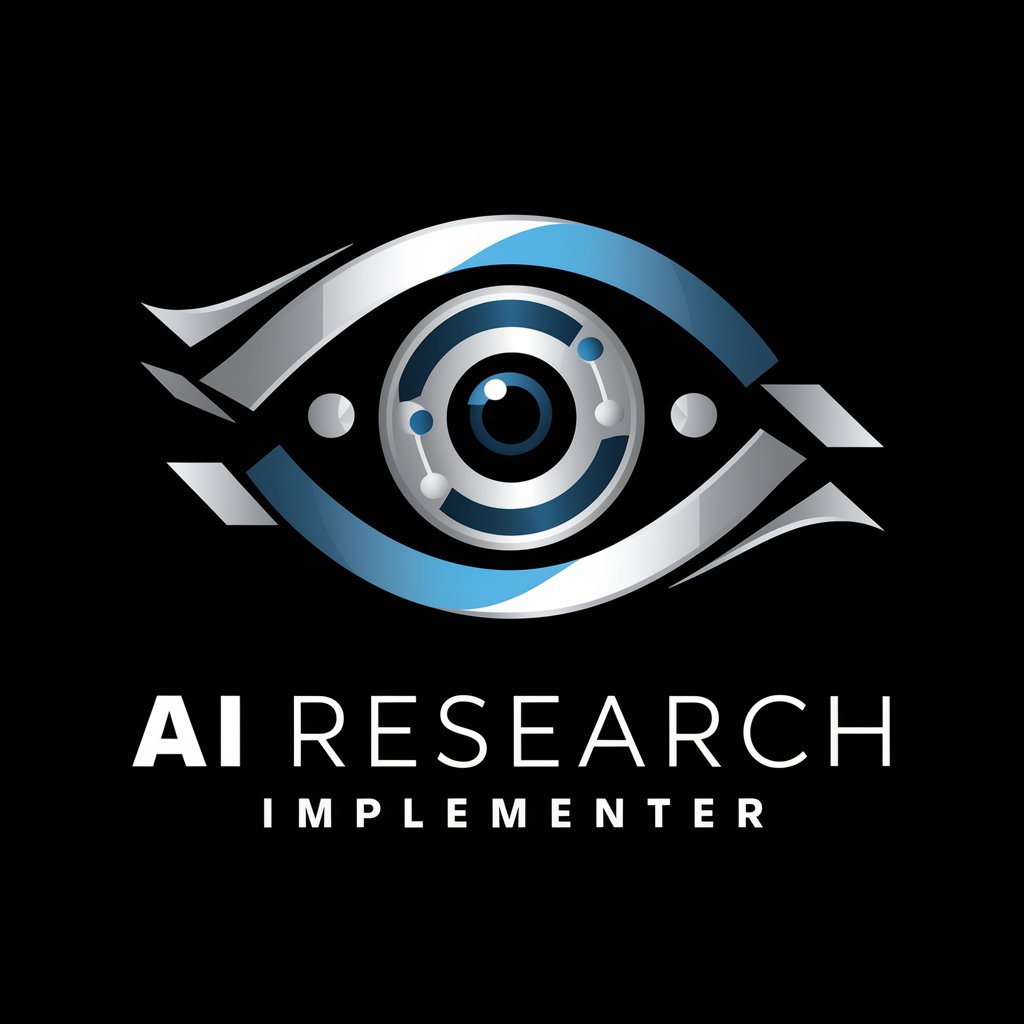
Fix English
Perfect your English with AI assistance

Fix My Grammar
Simplify your writing with AI-powered grammar fixes.
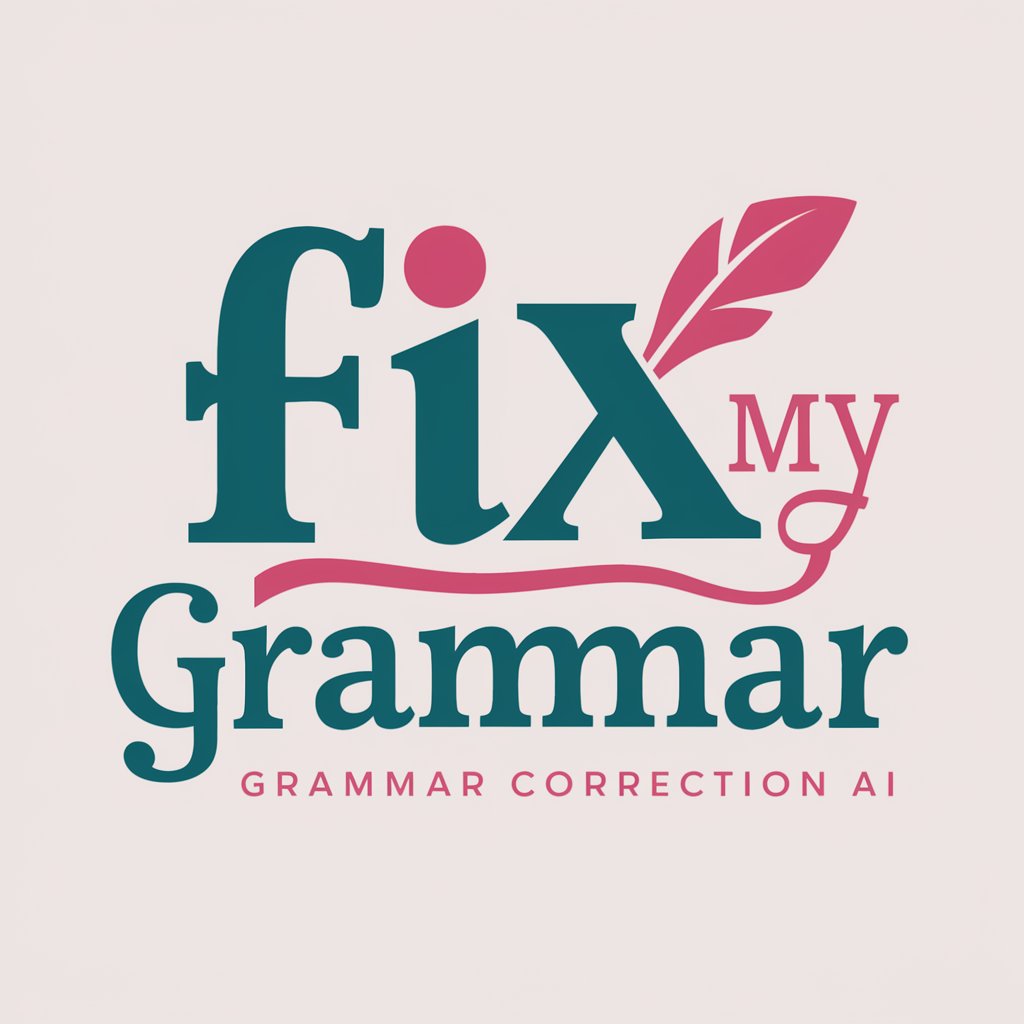
Grammar Fix
Polish Your Text with AI-Powered Grammar Fix

Simple Fix Sage
Empowering your DIY spirit with AI-powered advice.

Grammar Fix
Elevate Your Writing with AI
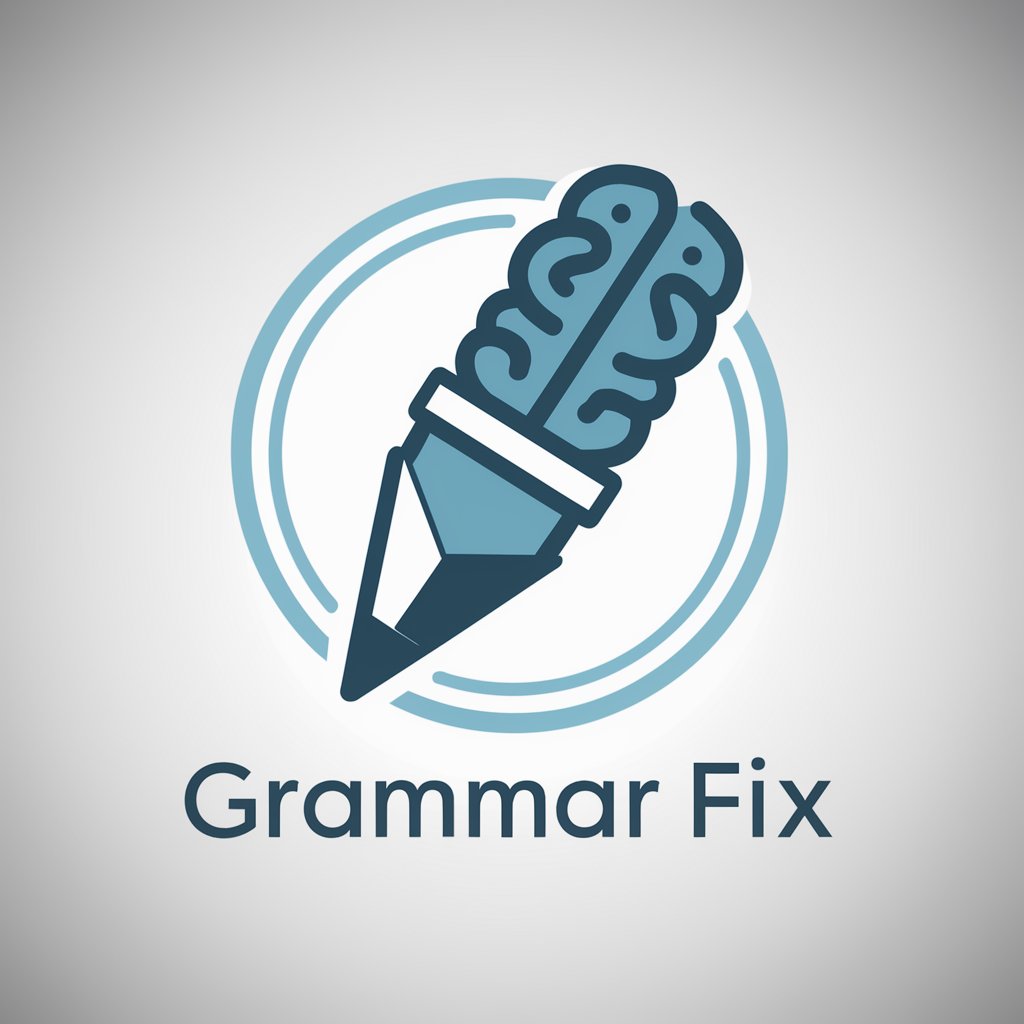
Fix My Writing
Perfect Your Writing with AI

Frequently Asked Questions about Design Sequence Diagram & Implement
What is Design Sequence Diagram & Implement?
It's a tool that assists in generating sequence diagrams and corresponding Java Springboot RESTful API code for specified software systems, streamlining the design and implementation process for developers.
Can I use it for any software system design?
Yes, the tool is versatile and can be used to model and implement a wide range of software systems, from simple applications to complex enterprise solutions.
Do I need any specific technical skills to use this tool?
Basic understanding of software design and familiarity with sequence diagrams is beneficial. Knowledge of Java and Springboot is essential for implementing the generated code.
Is it possible to customize the generated code?
Absolutely. The generated Java code serves as a starting point, which you can further refine and adapt to meet the specific needs of your project.
How does this tool handle database interactions?
The tool generates Java code for Springboot RESTful APIs with MongoDB as the backend, providing a solid foundation for database interactions within your application.